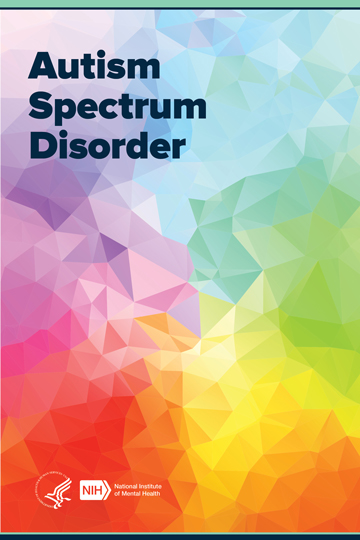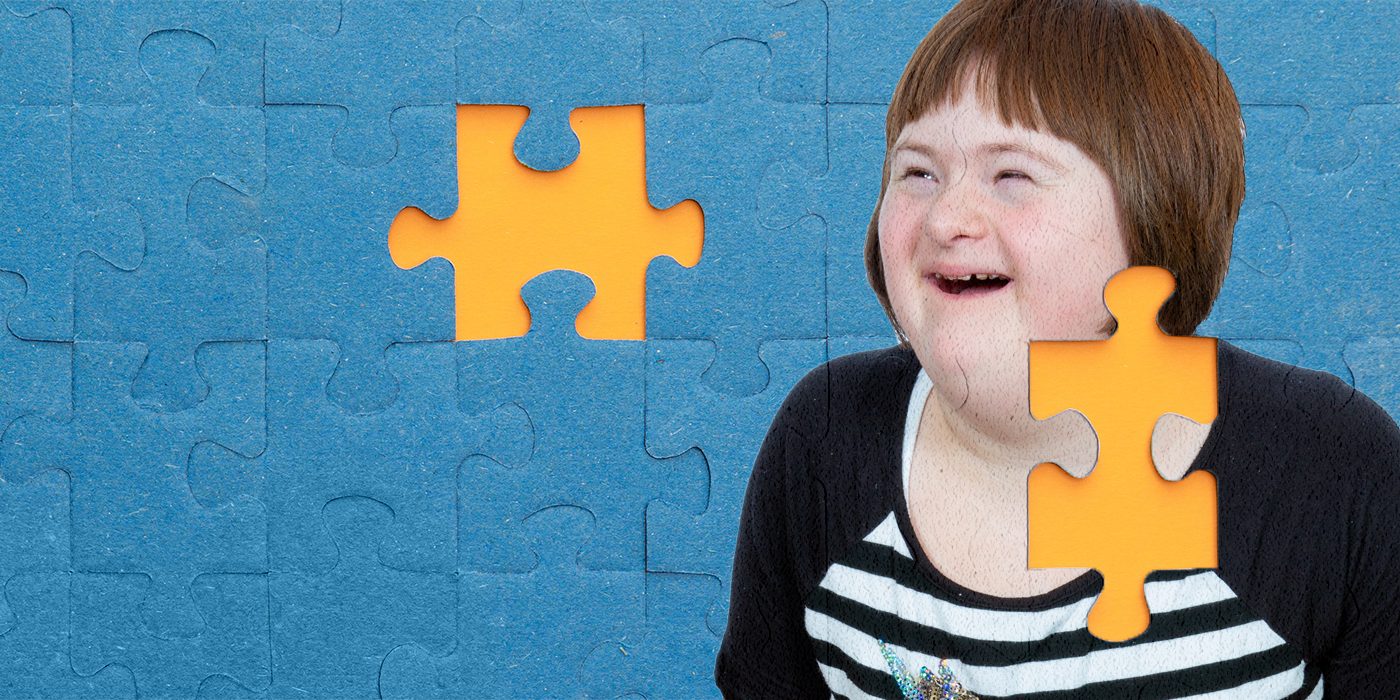Discovering Autism: Strategies for Effective Communication and Interaction
Reliable communication and communication with individuals on the autism range require a comprehensive understanding of their special needs and choices. The complexities of these strategies expose more considerations that warrant exploration, especially in how they can be adjusted to varied contexts and private experiences.
Comprehending Autism Range Condition
Autism Range Disorder (ASD) includes a variety of neurodevelopmental conditions defined by challenges in social interaction, interaction, and recurring behaviors. The term "range" mirrors the diverse symptoms and differing levels of seriousness experienced by people with ASD. While some might exhibit considerable problems, others might display high-functioning qualities, enabling greater self-reliance in life.
The start of ASD generally happens in very early childhood years, with signs typically well-known by age 2. Very early indicators may include delayed speech advancement, restricted eye call, and troubles in understanding social cues. The precise etiology of ASD remains unclear, study recommends a mix of hereditary and ecological elements plays an important function in its development.
As a result, treatments and support customized to private needs are crucial for promoting communication and social abilities. Recognizing the intricacy of ASD is important for advertising understanding, approval, and effective approaches that assist in meaningful interactions with people on the spectrum.

Importance of Clear Interaction
Reliable interaction is important for fostering understanding and connection, specifically for people with Autism Spectrum Problem (ASD) Clear interaction not only facilitates social communications however also enhances the person's capability to express their thoughts, feelings, and requirements. For individuals with ASD, the subtleties of language can commonly be challenging; consequently, utilizing straightforward and distinct language is vital.
Moreover, clear interaction helps in reducing disappointment and anxiousness that may emerge from misunderstandings. When messages are shared in a consistent and straight manner, people with ASD are much better outfitted to translate details accurately, which can dramatically enhance their social interaction and participation in different setups.
Establishing routines and making use of aesthetic assistances can even more strengthen clear communication. These strategies supply people with predictable structures that aid comprehension and retention of details. Additionally, actively listening and being person during interactions promotes an encouraging atmosphere where individuals with ASD feel valued and recognized.
Ultimately, prioritizing clear communication not just encourages people with ASD however also cultivates even more meaningful connections with their peers, caregivers, and the broader area, leading the way for joint connections and comprehensive communications. - autism
Non-Verbal Interaction Strategies
Interaction expands beyond words, and for people with Autism Spectrum Disorder (ASD), non-verbal hints play a substantial duty in communications. Non-verbal interaction techniques can include face expressions, gestures, body movement, and eye get in touch with, every one of which act as crucial components for conveying feelings and intents.
Recognizing and interpreting these non-verbal signals can boost interactions with people with ASD. A cozy smile or open stance can produce an inviting ambience, encouraging interaction. Similarly, utilizing aesthetic aids-- such as photo cards or symbols-- can link interaction gaps and aid communicate messages more successfully.
It is likewise important to be conscious of individual area, as individuals with ASD might have different convenience degrees pertaining to distance. Observing their reactions to physical closeness can inform ideal modifications.

Developing Supportive Environments
Developing a supportive environment is essential for fostering positive communications and boosting the well-being of people with Autism Spectrum Disorder (ASD) Such environments can dramatically decrease anxiousness and develop a sense of safety, enabling individuals to reveal themselves much more easily.
To accomplish this, it is vital to take into consideration sensory level of sensitivities that people with ASD may experience. Customizing the physical area to consist of soft lights, very little history noise, and comfortable seating can develop a soothing atmosphere. Additionally, making use of constant routines and clear visual routines can aid people anticipate transitions and minimize uncertainty, additional advertising comfort.
Social areas ought to be structured to reduce overwhelming stimuli while giving chances for interaction in recommended tasks. Assisting in areas assigned for quiet time can likewise function as a haven during minutes of stress. Importantly, incorporating elements of option equips individuals, allowing them to work out agency in their atmosphere.

Urging Social Interactions
Fostering social communications among people with Autism Range Problem (ASD) requires deliberate techniques that focus on convenience and interaction. Establishing foreseeable routines can help in reducing anxiousness, making social settings extra friendly. Creating organized settings with defined duties and responsibilities allows people to engage without the frustrating pressure of disorganized social characteristics.
Including interests and staminas right into social tasks can function as a stimulant for communication. As an example, arranging team tasks around shared leisure activities or topics of attraction can facilitate all-natural discussions and links. Additionally, making use of aesthetic assistances, such as social manuscripts or pictorial routines, can help in comprehending social cues and expectations.
Modeling ideal social habits is vital - autism. Grownups and peers need to show reliable interaction methods, including active listening imp source and turn-taking. Role-playing situations can also offer a safe room for individuals to practice these abilities
Last but not least, cultivating peer connections via comprehensive practices is vital. Motivating comprehensive playdates or group getaways can produce chances for socialization in a comfy setting. By carrying out these approaches, instructors and caregivers can substantially improve social interactions for people with ASD, advertising their overall social advancement and health.
Conclusion
In verdict, effective interaction and interaction methods are essential for sustaining individuals with Autism Spectrum Disorder. Inevitably, these methods encourage individuals with autism to navigate social landscapes, promoting their overall well-being and original site allowing the advancement of long lasting partnerships.
Efficient communication and communication with people on the autism spectrum require a thorough understanding of their one-of-a-kind requirements and preferences. Clear communication not only promotes social interactions yet also improves the person's capacity to share their demands, feelings, and ideas.Promoting social communications among people with Autism Range Disorder (ASD) calls for deliberate methods that prioritize convenience and interaction. By applying these teachers, approaches and caretakers can substantially boost social communications for individuals with ASD, advertising their total social growth and wellness.
In final thought, efficient interaction and interaction techniques are important for supporting people with Autism Spectrum Condition.